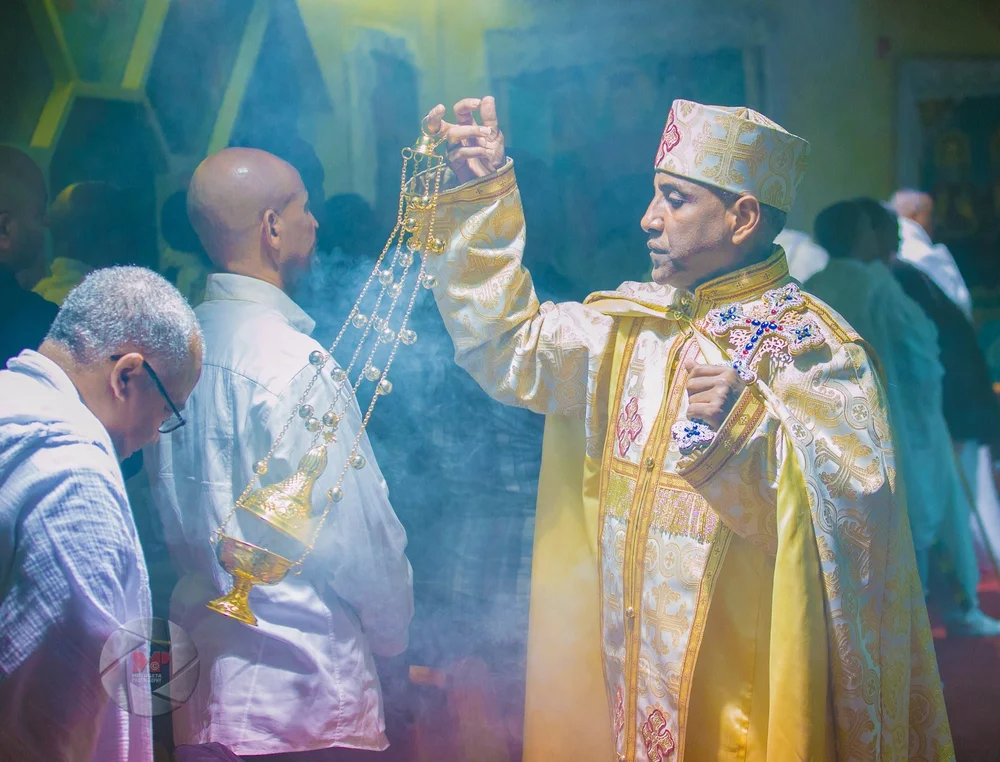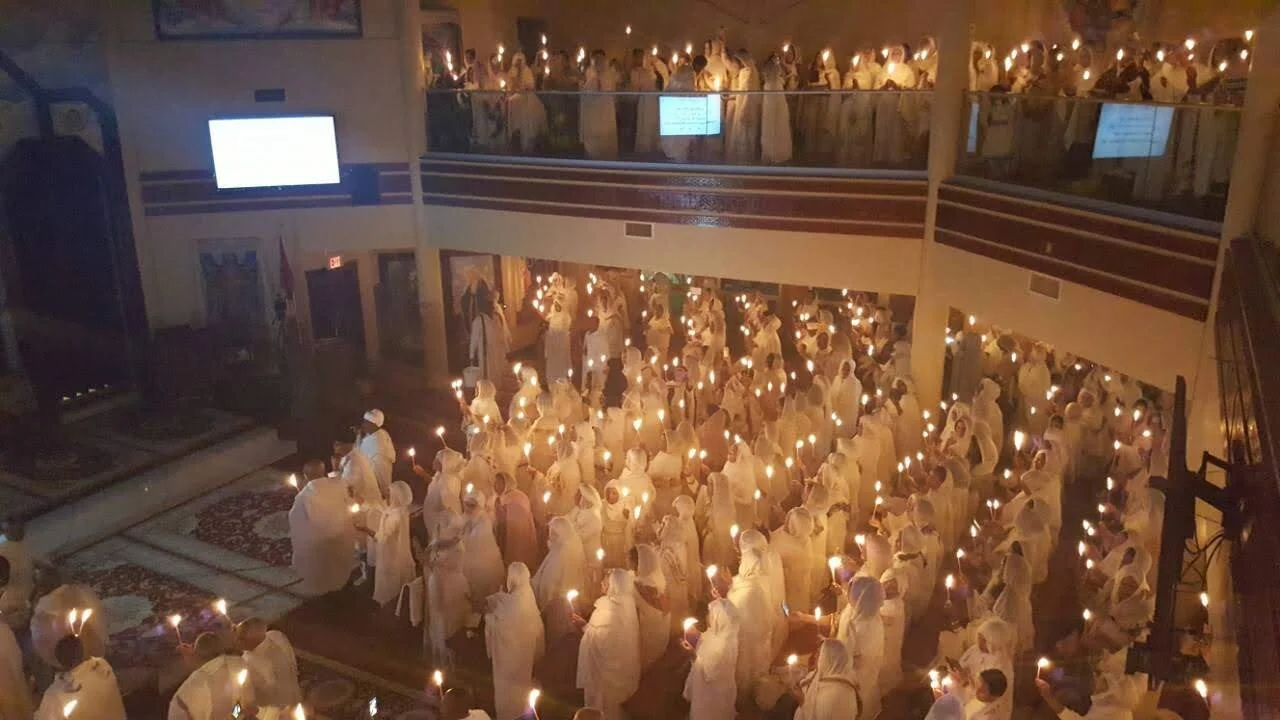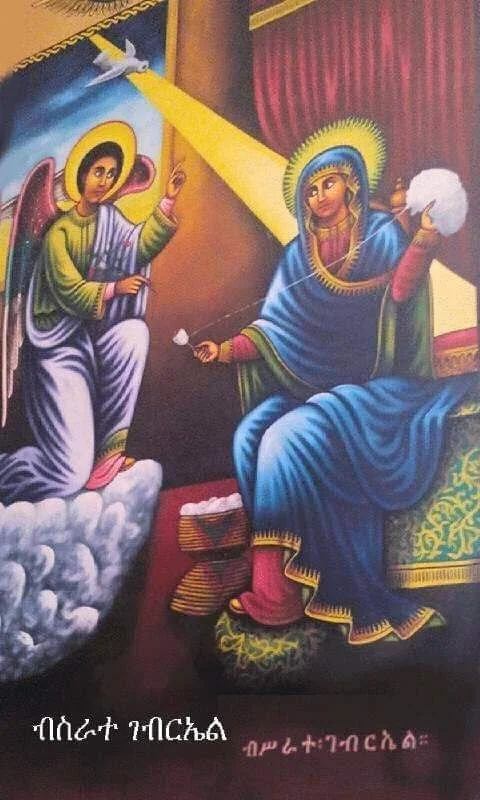
Our Faith & Traditions
We believe in the Father, the Son and the Holy Spirit being one.
1. Our Beliefs (The Church and Symbols)
1.1 Definition of Church
- 1.1.1 The sacred place and indwelling house of God.
(Genesis 28:16-17; 1 Kings 9:1-3; 2 Chronicles 7:11-16) - 1.1.2 The body of each and every Christian.
(John 14:23; 1 Corinthians 3:16-17; 1 Peter 2:5; Revelation 3:20) - 1.1.3 The communion of Christians.
(Matthew 18:20; Acts 8:1-3; 11:25-26; 1 Peter 5:13)
1.2 Biblical Foundation of the Church
1.2.1 Imagery of the Church in the Old Testament
- The Ark of Noah (Genesis 8:1-22; 1 Peter 3:20-21)
- Bethel (Genesis 28:10-22)
- The Tent of Meeting (Exodus 33:7-11)
- Synagogue (Ezekiel 11:16; Matthew 4:23; Luke 4:16-23; Acts 13:5; 14:1)
- The Temple of Solomon (1 Kings 9:1-3)
1.2.2 The Foundation of the Church in the New Testament
- Christ is the founder of the Church. (Matthew 16:17-18; Acts 20:28)
- Acts 2:1-24 — St. John Chrysostom referred to this day (Pentecost) as: The birthday of the Church.
1.3 The Four Main Dogmatic Characteristics
1.3.1 ONE
This is precisely because its founder and Head Christ is One. (Ephesus 4:4-5)
1.3.2 HOLY
This is mainly because its Head Christ is Holy. (Ephesus 5:25-27; 1 Peter 1:15-16)
1.3.3 UNIVERSAL
Christ is Omnipresent (present everywhere). (Matthew 28:19-20; Mark 16:15-16)
1.3.4 APOSTOLIC
The Church is faithful to the Apostolic teaching that has been handed down throughout the ages. (Acts 14:21-23; Ephesus 2:20)
The Council of Nicaea: The First Ecumenical Council held in A.D 325.
The Council of Constantinople: The Second Ecumenical Council held in A.D 381.
Creed: Derived from the Latin word Credo meaning, “I believe.” Therefore, Creed is a brief confession of faith.
2. Orthodox Church Building and Its Symbolic Meaning

Church: A special building set apart for divine worship of God.
Architecturally, Ethiopic church buildings are classified under three major kinds: Cave Churches, Round (Octagonal/Eight-sided) Churches, and Cross-like (Rectangular) Churches.
The Three Internal Sections:
Symbolically, these represent the three heavenly cities of the Angels.
- Quine-Mahelet: The first section, where Church canters and clergy perform liturgical hymnody.
- Queddest: The section where the Holy Communion [Holy Qurban] is communicated to the faithful.
- Maqdes/Sanctuary: The innermost part where the Ark [Tabot] rests. It is accessible only to bishops, priests and deacons.
The Dome: The symbol of heaven. Accordingly, the Church’s Divine Liturgy is an expression the heavenly worship of the angels on earth.
The Altar/Menber: The very central place of Orthodox worship where the Tabot rests and the Holy Communion is offered. It is mostly made up from precious wood and adorned with holy icons.
Regarding the order of entrance, the entrance of men looks towards the north, and that of women towards the south. The entrance for the clergy faces towards east.
The three main gates of the Church have manifold meaning: symbols of the Holy Trinity (Father, Son and Holy Spirit) and the three-tiered levels of Ordination: Bishop, Priest and Deacon.
Bethlehem: Literally means the “house of bread.” It is a consecrated chamber, where the clergy prepared the Eucharistic Bread and Wine for the Divine Liturgy [Qiddassie]. (Matthew 2:5-7). It is always built at the Eastern side of the Church, after the symbolism of Bethlehem, which is East of Jerusalem. The spiritual meaning shows the birth of our Lord and Savior Jesus Christ in Bethlehem and sacrificial death at Calvary. (Matthew 2:1-12; John 19:17-42)
Baptistery: A special place reserved for the administration of the sacrament of Baptism. Mostly, it takes an Octagonal shape. This symbolizes the eight souls that were saved from the drastic wrath of the flood. (Genesis 7:7; 1 Peter 3:20-21)
3. Facing the East at Prayer
Orthodox Churches are built facing towards East. Accordingly, Orthodox Christians also pray facing towards the East due to its rich symbolic meaning.
- The East is the source of light, which symbolizes Christ who is “the Sun of Righteousness.” (Malachi 4:2; Ezekiel 44:1-2; Matthew 17:2)
- God planted the tree of life and the Garden of Eden in the East for humankind (Genesis 2:8), and subsequently the act of praying facing east symbolizes our aspiration to Paradise.
- Christ was born in Bethlehem, East of Jerusalem and the star, which led the Magi to the Lord Jesus, appeared in the East (Matthew 2:1-2)
- The glory of God comes from the East. (Ezekiel 43:2; Isaiah 24:15)
- The glorious Second Coming of Christ will appear in the East. (Zechariah 14:4; Acts 1:11)
Facing the East in prayer evokes the inner senses of the soul, which gives depth to our spiritual feelings in order to assure the quality of our prayer.

Note: During Orthodox baptismal rite, the baptized faces westward to renounce Satan and all his evil thoughts and deeds. Again, the baptized returns eastward and recite the Creed to confess the belief in Christ. The rite of turning from West to East symbolizes the baptized transformation from darkness to righteousness. (1 Peter 2:9-10)
4. The Cross and Its Symbolic Meaning
The Cross: The emblem of our salvation and Christian faith. It reminds us of the sufferings and death of our gracious and ever-loving Lord Jesus Christ. It is thus the sign of peace, deliverance, victory and eternal hope of resurrection. The symbol of the cross is omnipresent in Ethiopia... conveying bodily health, spiritual grace and divine protection from evil spirits.

Types of Crosses
4.1 Hand Crosses:
Carried by bishops and priests for blessing. The faithful often receive blessings by bowing their head and kissing the main body of the cross and then the tablet at the bottom. Some are "Icon Hand Crosses" depicting the Trinity or Saints.
4.2 Liturgical Hand Crosses:
Larger hand crosses are liturgical in use and are usually kept and used within the Church.
4.3 Processional Crosses:
Used throughout Church services to bless the faithful, the sacraments and the four corners of the world. They have a shallow shaft for a handle (matsor). The hanging cloth symbolizes the linen cloth with which Jesus’ body was wrapped.
4.4 Neck Crosses:
Worn on a cord (Matab) around the neck. The Matab has been the outward symbol of faith since early Christian times, separating Christians from pagans.
4.5 Church’s Roof-Top/Dome Crosses:
Joyful and rich in symbolism. The Ethiopic Church domes usually exhibit three, five, six or seven eggs of ostrich. This numerology refers to the Holy Trinity, the Five Pillars of Mystery/Wounds, the Six Commandments of the Gospel, and the Seven Sacraments respectively. Ostrich eggs symbolize God's divine providence and constant contemplation.
Materials:
Wooden (Crucifixion), Stone/Marble (Christ the Rock), Metal (Nails/Lance), Silver (Judas' betrayal), Bronze (Serpent in wilderness), Copper (Blood), Golden (Purity/Kingship).
5. Incense and Its Symbolic Meaning

In the Old Testament incense symbolizes a prayer with fragrant aroma ascending before the Almighty God. “Accept my prayers as incense before you” (Psalms 142:2). It was a daily sacrifice (Exodus 30:1-7) and had an intercessory role (Numbers 16:46-48).
In the New Testament, incense remains constitutive. Prophesied by Malachi (1:11) and seen in Revelation (5:8; 8:3-4) as the "prayers of the saints."
The Church’s offering of frankincense implies the greatest spiritual sacrifice of the faithful themselves with the love of God. The burnt incense always ascends vertically so as to help us lift our eyes and hearts up to the Lord’s Kingdom and it also spreads horizontally to symbolize the unity of the faithful.
The Cloud:
The "cloud of incense" refers to the divine presence and glory of the Lord (Leviticus 16:13; Exodus 24:15-16). In the New Testament, it represents the cloud at the Transfiguration (Matthew 17:5) and the Second Coming.
6. Lights and Candles
The rite of lights is a divine command: “Let there be light” (Genesis 1:3). The Church must be filled with light because it is the dwelling place of God, Who is Light (John 8:12).
Symbolism:
The lamps are lighted by oil. Oil symbolizes the Holy Spirit (1 Samuel 16:13). The constant burning shows our uninterrupted watchfulness in keeping the heart abiding to the deeds of the Holy Spirit (1 John 2:20).
Angels and Saints:
Lights represent angels ("angels of light") and saints ("You are the light of the world" - Matthew 5:15). Lighting candles before icons reminds us that the saints were consumed like candles with the fire of God’s love.

Perpetual Watchfulness:
The lights symbolize readiness, as in the parable of the ten virgins (Matthew 25:1-12). “Let your waist be girded and your lamps burning” (Luke 12:35).
7. Icons and Their Spiritual Meaning
Icons have always been part of Orthodox worship as "theology in colour." St. John of Damascus explains: “I make an image of the God whom I see. I do not worship matter; I worship the Creator of matter who became matter for my sake.”
Veneration vs. Adoration:
The Ethiopian Orthodox Church makes a clear distinction between Adoration (latreia), offered to God alone, and Veneration (duleia), through which we honor the Virgin Mary, angels, and saints.
7.1 The Manifold Purposes of Icons
- They enhance the beauty of the Church.
- They instruct us in matters of the Christian faith.
- They remind us of this faith.
- They lift us up to the prototypes they symbolize.
- They arouse us to imitate the virtues of the holy personages.
- They help to transform and sanctify us.
- They serve as a means of worship and veneration.
7.2 Colors and Their Spiritual Meanings
[Image of Orthodox icon color symbolism chart]- White: Illumination, purity, eternity, grace. (Example: Robes of newly baptized).
- Blue: Heavens, mystery of Divine Life, humility. (Example: St. Mary's robe).
- Red: Life, blood, sacrifice, divinity. (Example: Tunic of Jesus).
- Purple: Supreme power, royal and priestly.
- Green: Revival, growth, hope, the Holy Spirit.
- Yellow/Gold: Truth, divine light, eternity.
- Brown: Earth, poverty, humility (Monastic habits).
- Black: Denial of light, renunciation, mystery (Monks' habits).

Icon of the Annunciation (Luke 1:26-38)
The mystery of the annunciation is the foundation of our salvation. The Virgin’s “Yes” reverses the sin of Eve.
Key Symbols in the Icon:
- The Maphorion (Cloak): St. Mary's cloak has a gold border, symbolizing she is the Ark of the New Covenant.
- Three Stars: On her forehead and shoulders, representing her perpetual virginity (before, during, and after birth) and three-fold purity.
- Golden Halo: Symbolizes her perpetual purity and divine contemplation.
- The Inscriptions: MR. QU. (Mother of God).
- Spinning Gold: Tradition says Mary was spinning gold and silk; this symbolizes the Holy Spirit weaving humanity and divinity together in her womb.
- The Curtain: The opening of the temple curtain anticipates the splitting of the curtain at the Crucifixion.
- The White Cloud: Represents the presence of the Father.